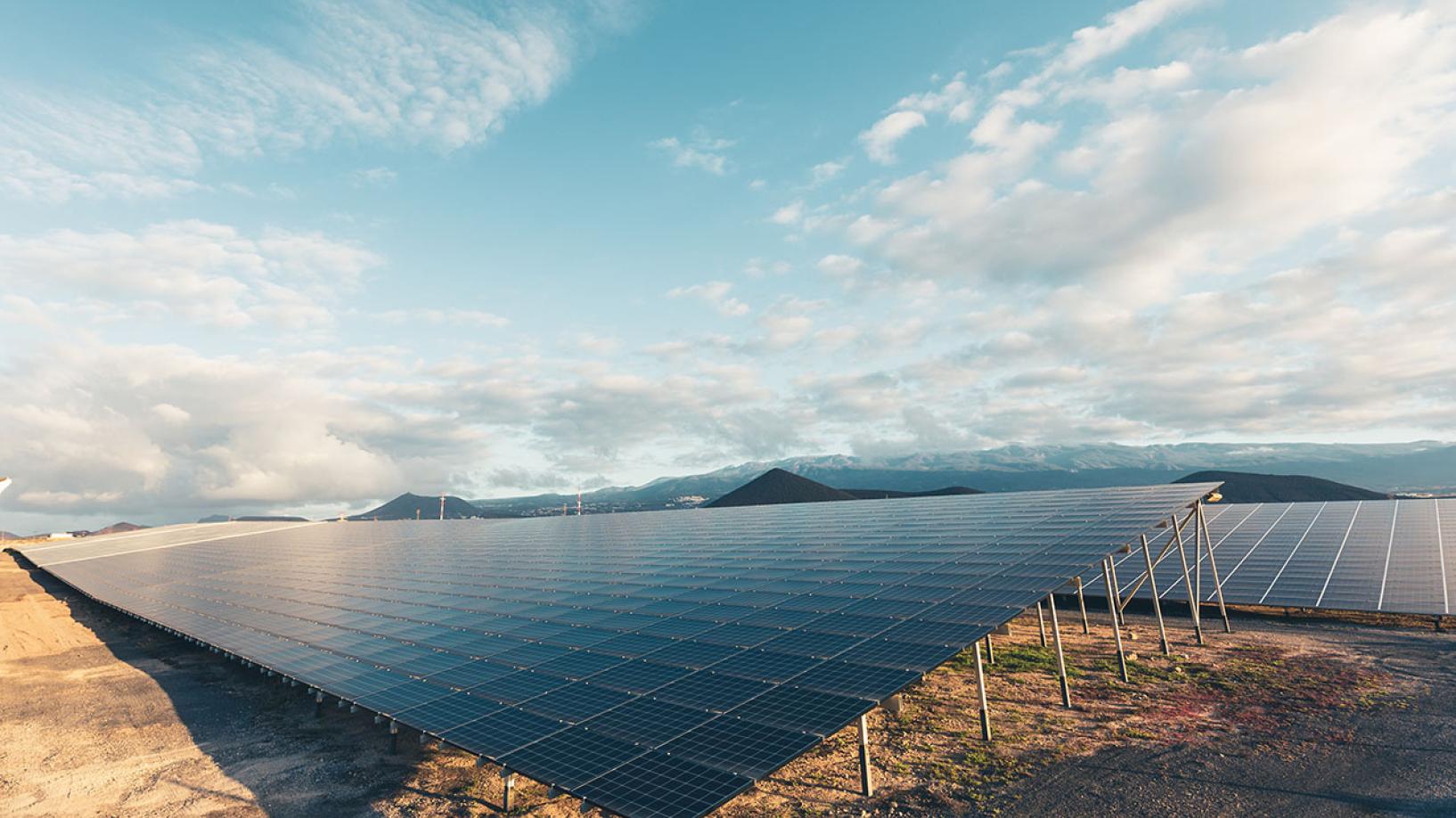Energy Consumers Australia interim CEO Lynne Gallagher today welcomed the NSW Government’s Electricity Infrastructure Roadmap saying it was an important step in driving investment in a modern energy system and significantly reducing electricity prices.
Ms Gallagher said with four existing generation plants set to retire in the coming years, it was critical to plan with consumers for the energy transition ahead. She also flagged the importance of consumer monitoring of the future investments underpinned by the Roadmap.
“This Roadmap is an important step forward in New South Wales as we plan for the fundamental transformation of the energy sector, which is being driven by technology and changing consumer demands,” said Ms Gallagher.
“The energy system of 2030 will look very different from what we have today and if you are setting out to redesign something as fundamental to peoples’ lives and businesses as the energy system, you really have no option but to do it with people rather than to do it to them.
“The role of the Consumer Trustee in the Infrastructure Safeguard is critical to the success of the Roadmap as a way of measuring and monitoring the success of the strategy against the KPI of benefit for consumers.
“We would also like to see this focus on consumers extended with a structured engagement that actively monitors the cost of new transmission investments and ensures the earliest flow through of benefits.
“We need to make sure consumers have oversight of the investments which this strategy will underpin in the transmission sector to ensure they are the right options, delivered at lowest possible cost.
“In the end, the success of this strategy will be how far it drives down electricity prices in the coming years for households and small businesses.”
Ms Gallagher said the Roadmap dealt primarily with the issue of larger scale energy supply and should be coupled with an equally substantive strategy for working with consumers on the demand side.
“There are really two transitions under way. One is the transition to a modern energy system built around renewable electricity supply and storage grid, which is necessary but costly. The second is equally critical to a least cost future and would support consumers and their investments in distributed generation, storage and smart technology to achieve flexible demand at scale.
“Our research shows that the vast majority of consumers are willing to take action to manage their energy use differently, but they need to be engaged and often rewarded.”
“Working with consumers and rewarding people who want to manage their energy use with new technology, or simply reducing their energy use, particularly in peak periods, is the big opportunity of the next decade and beyond.”
Media Contact: Tim O’Halloran 0409 059 617

